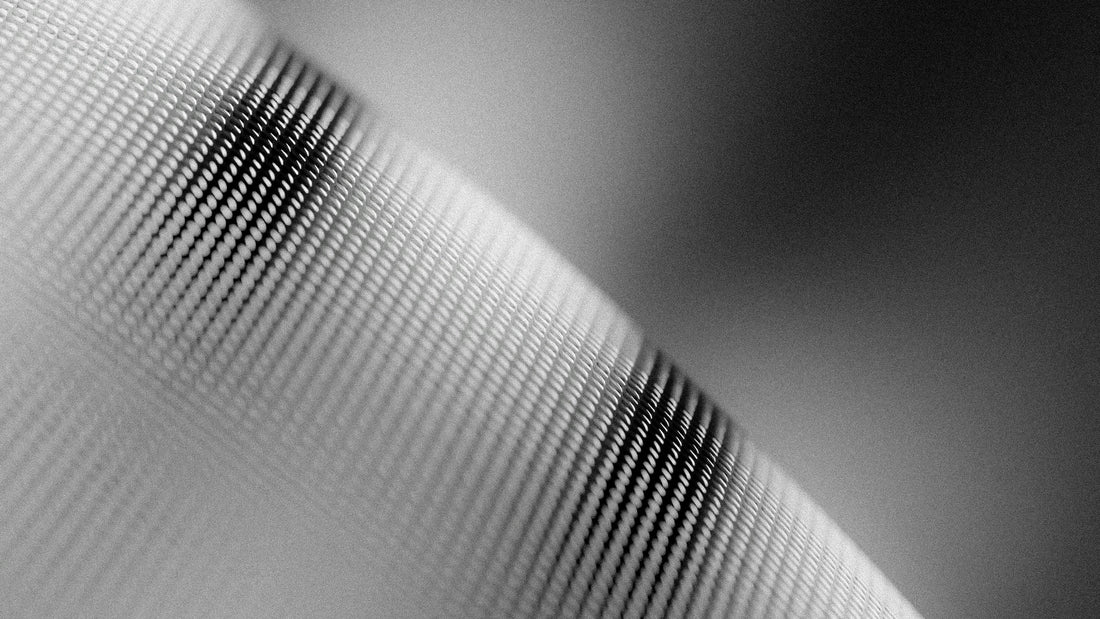
Innovations in 3D Printing Materials: What's Next in 2024
Share
As 3D printing continues to evolve, the materials used in this process play a crucial role in its development. Throughout 2024, a new generation of materials is expected to transform additive manufacturing across various industries, offering more precise, durable and sustainable solutions.

High Precision Metal Alloys
Metal alloys are enabling the creation of stronger and more precise parts, which is essential in sectors such as automotive and aerospace. For example, titanium and aluminium alloys are significantly improving the manufacture of lightweight yet robust components, reducing weight without compromising strength.
- Application in Aerospace Industry: The ability to print complex, lightweight components is allowing manufacturers to reduce the weight of aircraft, resulting in lower fuel consumption and increased energy efficiency.
- Automotive: In the automotive industry, alloys are being used to create custom engine parts that improve vehicle performance and durability.
Advanced Polymers for Demanding Environments
Advanced polymers, such as those that offer resistance to heat, corrosion and mechanical stress, are increasingly being used in challenging industrial environments. These materials are designed to withstand extreme conditions without degrading, making them ideal for construction, electronics and industrial tool manufacturing.
- Construction: Weather-resistant polymers are being used to create molds and structural components that can withstand extreme temperatures and harsh weather conditions.
- Electronics: In the electronics sector, these polymers are being used to manufacture housings and components that require high heat resistance, such as devices used in industrial environments.
Biomaterials for Medical Applications
The use of biomaterials in 3D printing is revolutionizing the field of personalized medicine. These biocompatible materials allow the manufacture of prostheses and medical devices tailored to the specific needs of each patient. In regenerative medicine, they are being used to print artificial tissues and organs, opening up new possibilities for transplants and personalized treatments.
- Custom Prostheses: 3D printing with biomaterials allows the creation of prostheses that fit perfectly to the patient's anatomy, improving comfort and functionality.
- Regenerative Medicine: Advances in tissue printing are enabling the manufacture of artificial skin and organs, which could revolutionize transplants in the future.
Recycled and Sustainable Materials
With the growing awareness about sustainability, the use of recycled materials in 3D printing is gaining ground. These materials not only help reduce waste but also promote the circular economy by reusing plastics and other waste in the manufacturing of new products.
- Waste Reduction: Companies are beginning to recycle plastics and other materials for use in 3D printing, reducing the need for new raw materials and decreasing environmental impact.
- Circular Economy: By reusing recycled materials, the life cycle of products is being closed, creating a more sustainable model of production and consumption.
Hybrid and Composite Materials
Hybrid and composite materials are emerging as an innovative solution for applications requiring multifunctional properties. By combining different materials, it is possible to create parts that offer the strength of metals together with the flexibility of polymers, or that integrate electrical conductivity with mechanical strength.
- Multifunctional Parts: These materials allow the creation of parts that can perform multiple functions, such as components that are simultaneously lightweight and electrically conductive.
- Design Adaptability: Composite materials allow designers to create parts that are tailored to the specific needs of an application, combining properties that previously required multiple components.
These innovations in 3D printing materials are paving the way for new industrial and commercial applications, pushing the boundaries of what is possible with additive manufacturing.

We understand that every project is unique, so we work closely with our clients to understand their specific needs and deliver tailored solutions to suit their goals and budgets.
Our expertise in a variety of 3D printing technologies allows us to offer a wide range of materials and finishes to meet the most demanding requirements. In addition, our focus on efficiency and design optimization allows us to offer fast delivery times without compromising quality.
At Printatonic, we are committed to providing exceptional service and outstanding results on every project. Trust us to bring your ideas from concept to reality with our cutting-edge 3D printing expertise and unmatched attention to detail.
Contact us today to find out how we can help you make your vision a reality.

